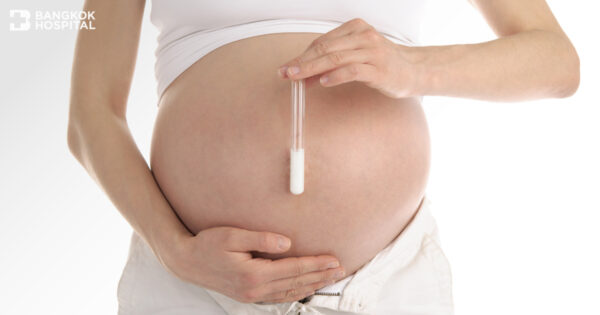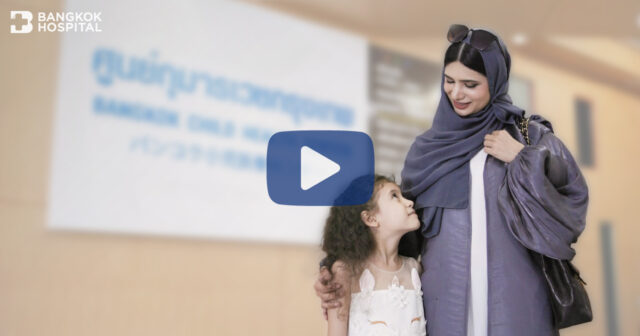A number of infertility cases are caused by two major reasons, namely cyst or tumor, both of which can be surgically treated. However, cases where all options have been exhausted the IUI (intrauterine insemination) is available.
A little less than half of infertile couples have made use of this technique for successful conception. However, individuals who have received IUI for 4-6 months without positive results may require Assisted Reproductive
Technology or ART.
Assisted Reproductive Technology includes GIFT ; gamete intra – fallopian transfer and IVF : in vitro fertilization. Both of these techniques are similar especially in the early stages of treatment and involve stimulation of female reproductive eggs. Patients will be prescribed hormonal medication to be taken through the nasal cavity. Injections should begin 7 days prior to a menstruation cycle, on the third day the injections should be provided on a
daily basis. After 5-6 days a transvaginal ultrasound will be performed to assess the size and quantity of the eggs. It normally takes 8-12 days of nasal injections requiring 2-3 ultrasound sessions, however this may vary among
individuals. Once the eggs are fertile, a last hormonal injection will be administered, 34-36 hours after an appointment will be made to obtain the eggs. A day before this process a blood test will be performed. Also it is
recommended to avoid eating for approximately 8 hours prior to the procedure and bring the sperm samples as well.
The difference between GIFT and IVF is in GIFT the eggs and sperm are prepared with the medication and inserted into the uterian tube. This requires the patient to undergo surgery, anesthesia, and 3 small incisions for
laparoscopic surgery.The eggs, with the sperm inside is inserted though a catheter into the middle of th uterian tube. The patient may be required to spend the night at the hospital.
In IVF the eggs are taken out via the vagina, the patient will only require to stay at the hospital for 1-2 hours before being allowed home. The doctor will then place the eggs with the husband’s sperm and medication into an
incubator. The temperature within the incubator will be 37 degrees celcius.
The next day it will be examined to determine whether the process can be continued over the next 3 days. Once there are 6-8 cells in the embyro it will be inserted into the uterus. Another option is to leave it in the incubator for 5
days so that it will reach the blastocyst stage, then placing it within the uterus.
After 12 days your doctor will set up an appointment for a pregnancy test to find out if the procedure was succesful.
In the early stages of Assisted Reproductive Technology GIFT was favored compared to IVF due to higher success rate (30% compared to 15%).
However, recently those percentages have become closer due to advances in incubator technology and fertility medicine. Today, the IVF procedure has gained much popularity as it does not require
anesthesia and surgery making it unecessary to spend the night in hospital,resulting in less expenditure for the patient.






